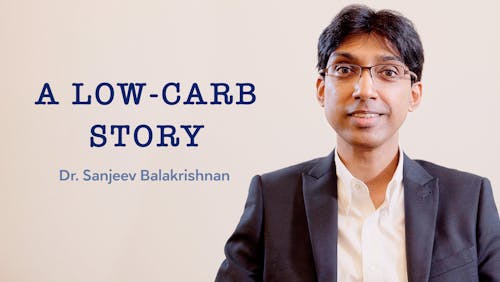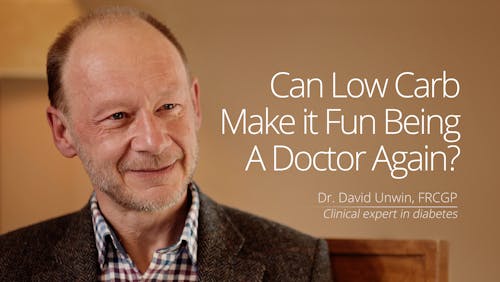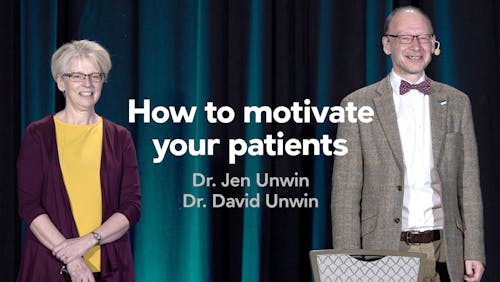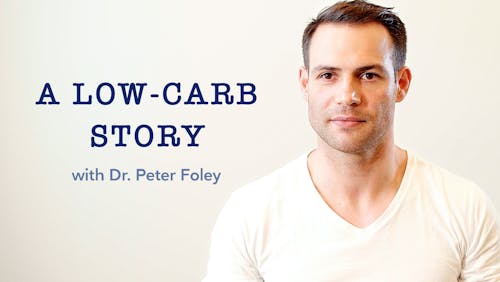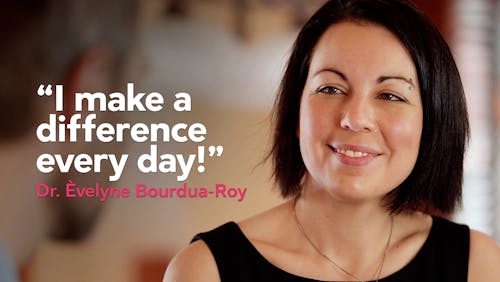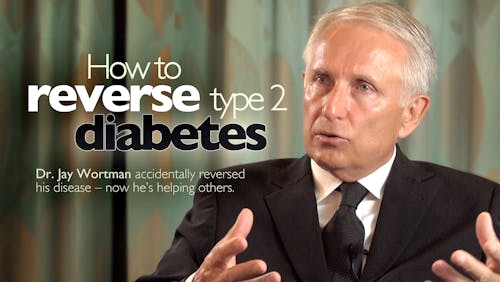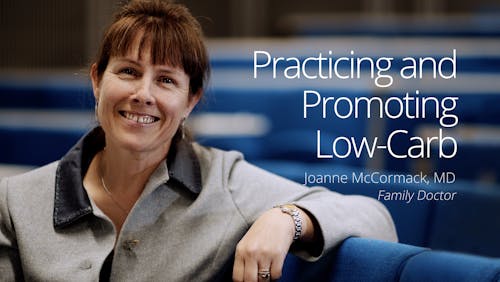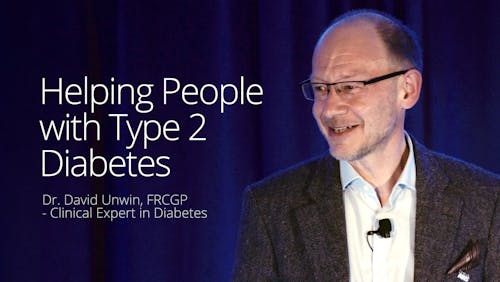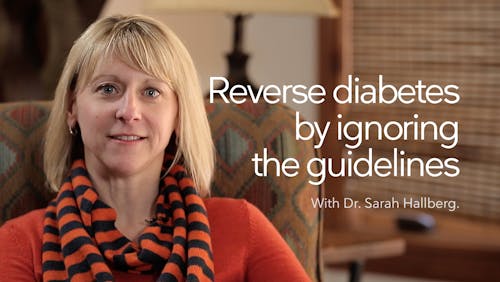Understanding the treatment burden

Every week we hear a new story about the burden of chronic diseases. Diabetes, heart disease, cancer and Alzheimer’s all have a direct financial burden on the patient, and they have an even larger indirect burden on society.
But what about the burden of different therapeutic choices, the so-called “treatment burden”? Despite over 20 years as a physician, treatment burden is a term I had not heard until recently. Simply put, the treatment burden is “the workload of healthcare and its effect on patient functioning and well-being.”
The BMJ: Treatment burden should be included in clinical practice guidelines
Our medical culture has become so obsessed with guidelines, performance metrics and drug trials that we have lost sight of possibly the most important question — how will this treatment impact our patient’s life? We chase statistical “p values” for benefits that amounts to a fraction of a percent and call it a breakthrough. But we forget to ask, “Will the benefits outweigh the costs and improve my patient’s life?”
One study referenced in The BMJ article estimated that an individual with a combination of three chronic diseases (such as emphysema, arthritis, heart disease or diabetes) spends 50 hours per month in health-related activities, takes 6-12 drugs per day and has to see his or her doctor 2-6 times per month. How can anyone be expected to do this while holding a job and taking care of a family?
Insulin therapy for type 2 diabetes is the perfect example. It requires multiple finger sticks per day, specific dosing and injection of the insulin, and constant communication with a provider to ensure proper dosing. Insulin therapy also has side effects: weight gain, fluid retention and the risk of dangerous hypoglycemia. And I have not even mentioned the rising cost of insulin that has sent some people searching the black market to get it.
How does that treatment burden compare to a low-carb diet without the need for insulin? If we consider the burden of care, all of a sudden the benefit of “aggressive” lifestyle therapy seems clearer.
Fortunately, we have reason for optimism. Thought leaders like Dr. Victor Montori are leading the charge for a more patient-centered method of healthcare. In addition, some guidelines are starting to incorporate “acceptability and feasibility” sections.
Will that be enough? Short of a healthcare revolution, it is up to each of us as individuals to talk to our doctors about the burden of our treatment. Doctors need to know how our lives are impacted, and how that may change the relative benefits of certain treatment choices.
In the end, it may keep coming back to a healthy lifestyle as the best option with the fewest side effects and the lowest treatment burden.
Thanks for reading,
Bret Scher, MD FACC
Earlier
Have you ever heard your doctor use the word “deprescribe?”
Some with diabetes resort to black market for affordable insulin
Why healthy lifestyles may be more important than your weight
